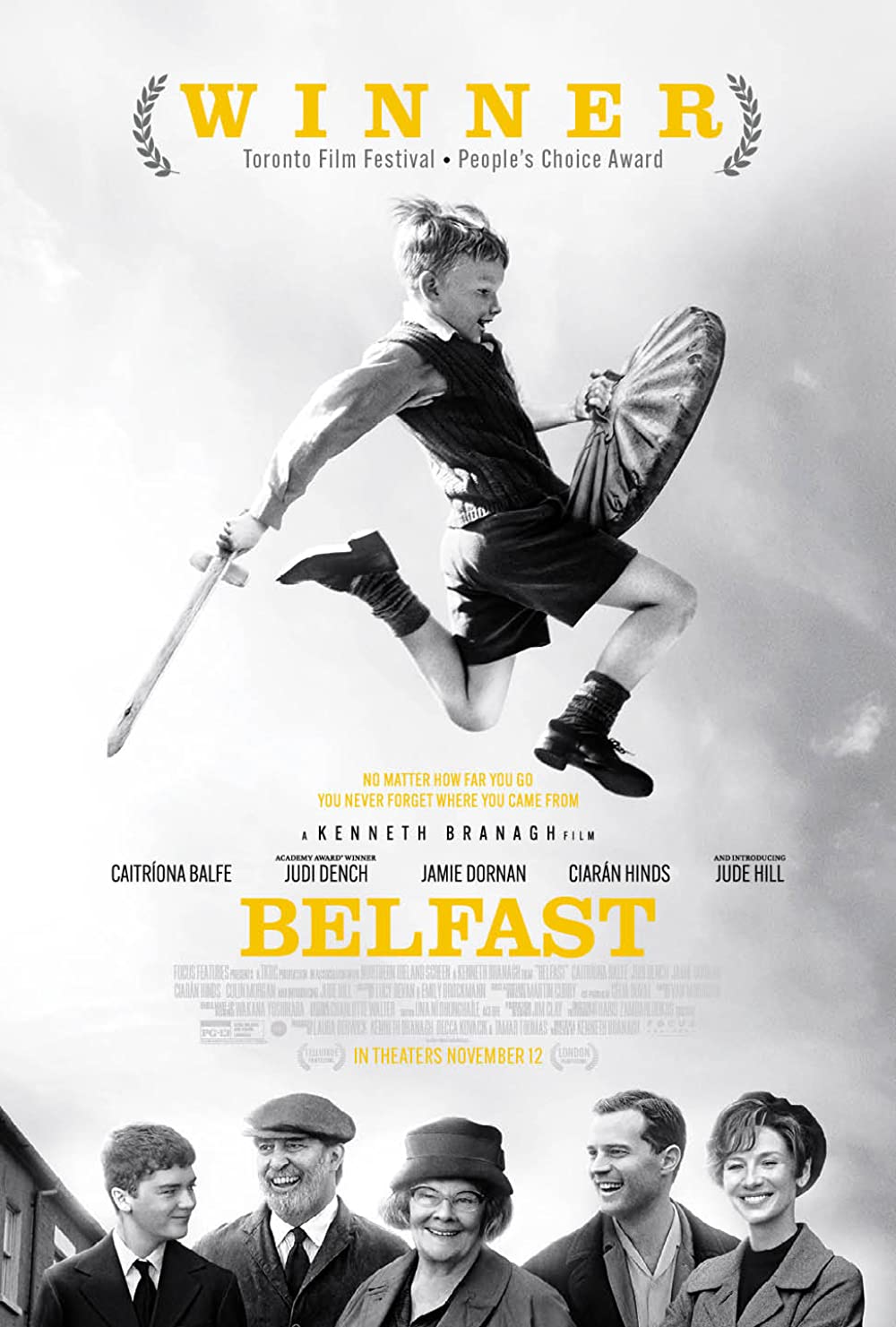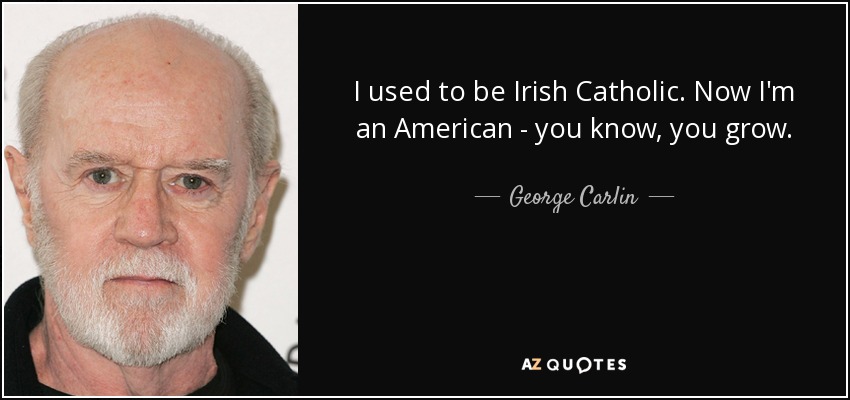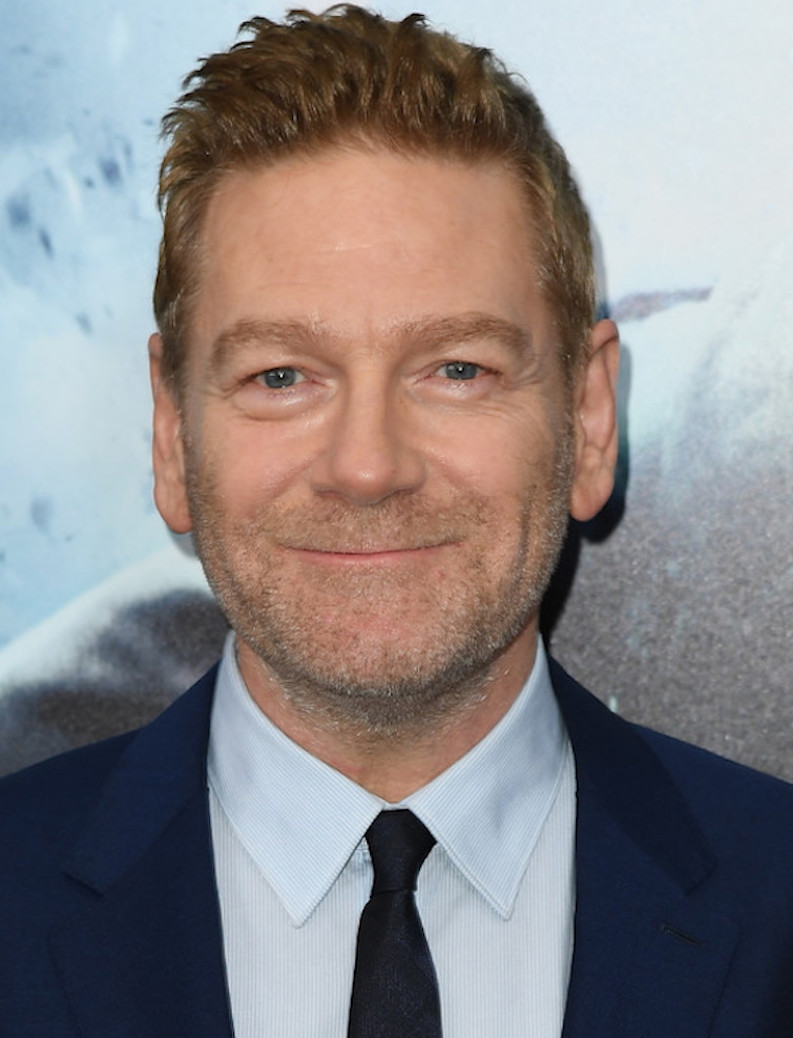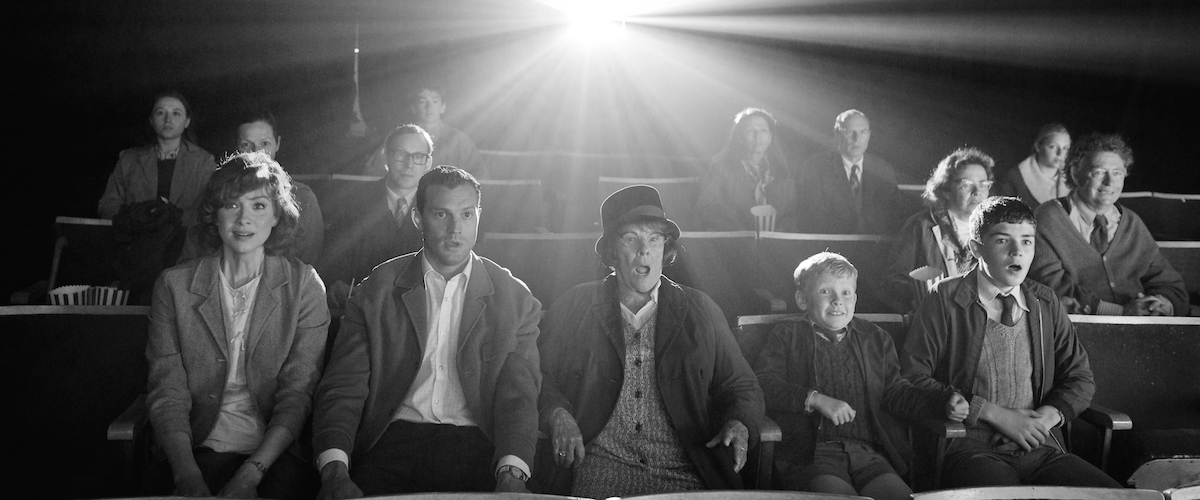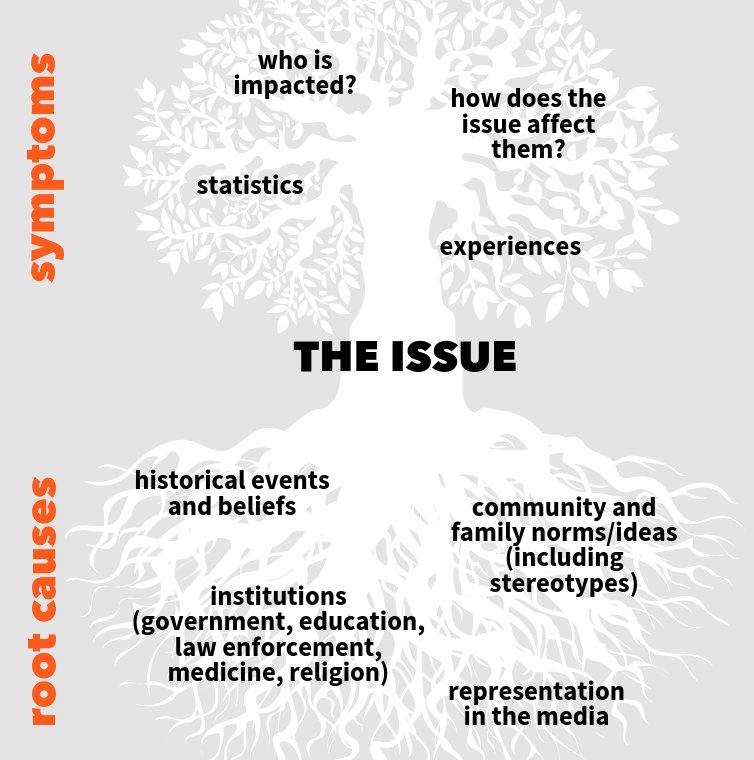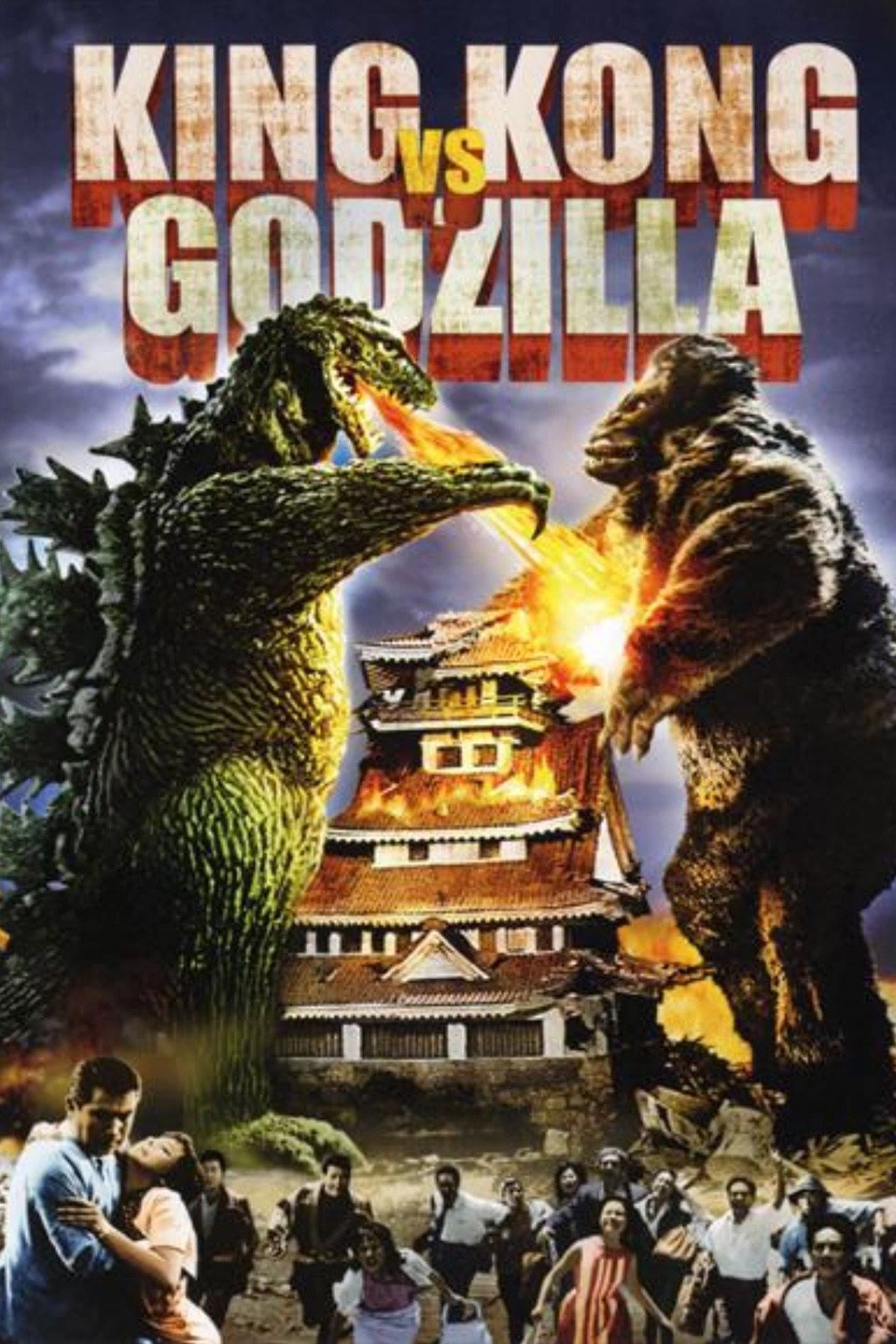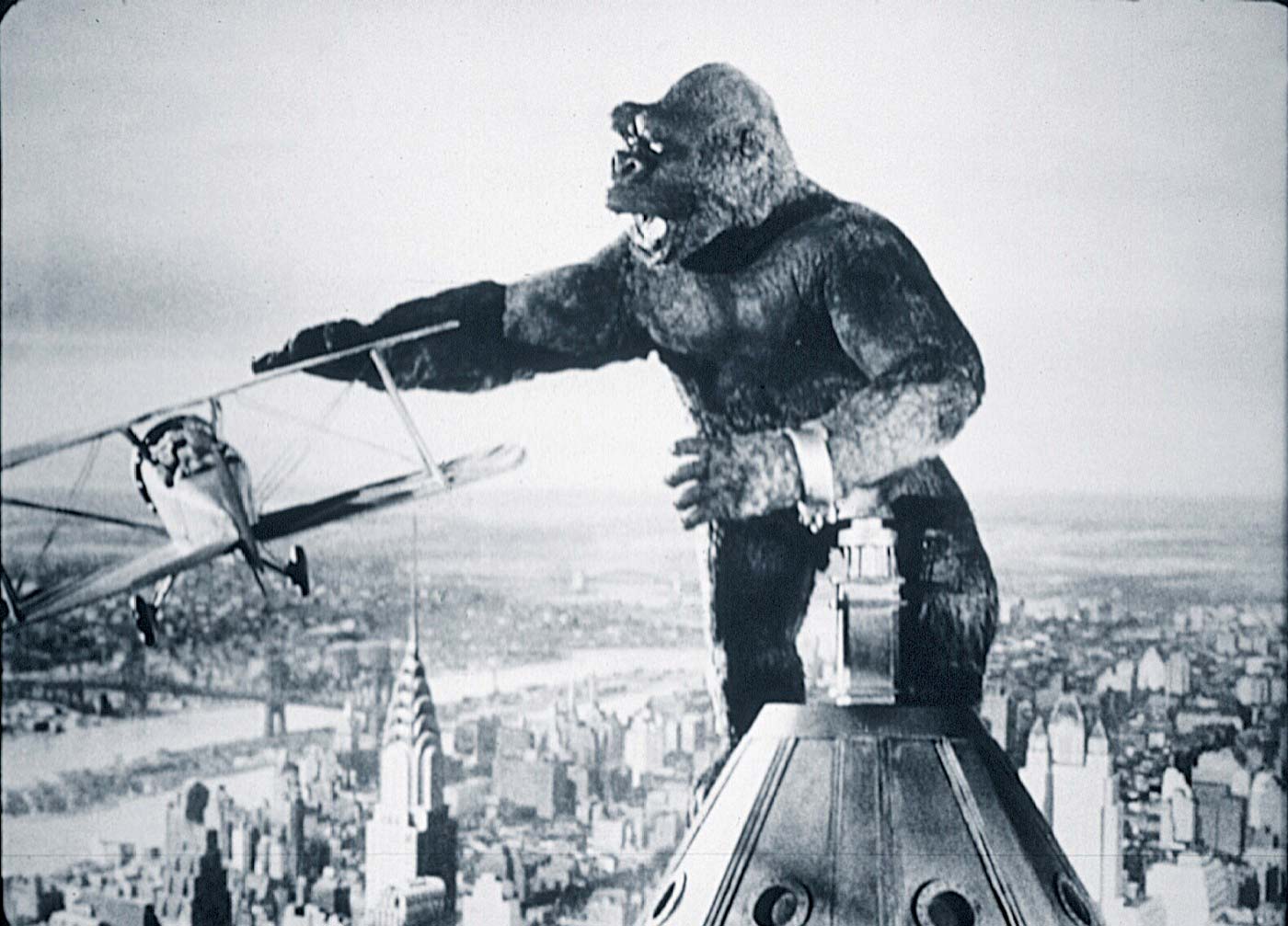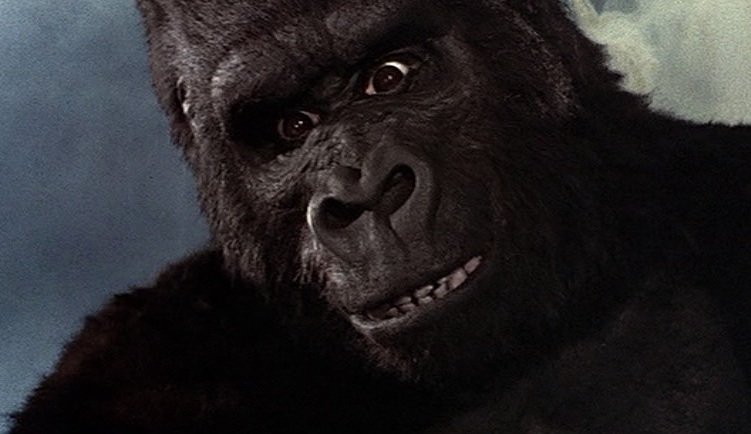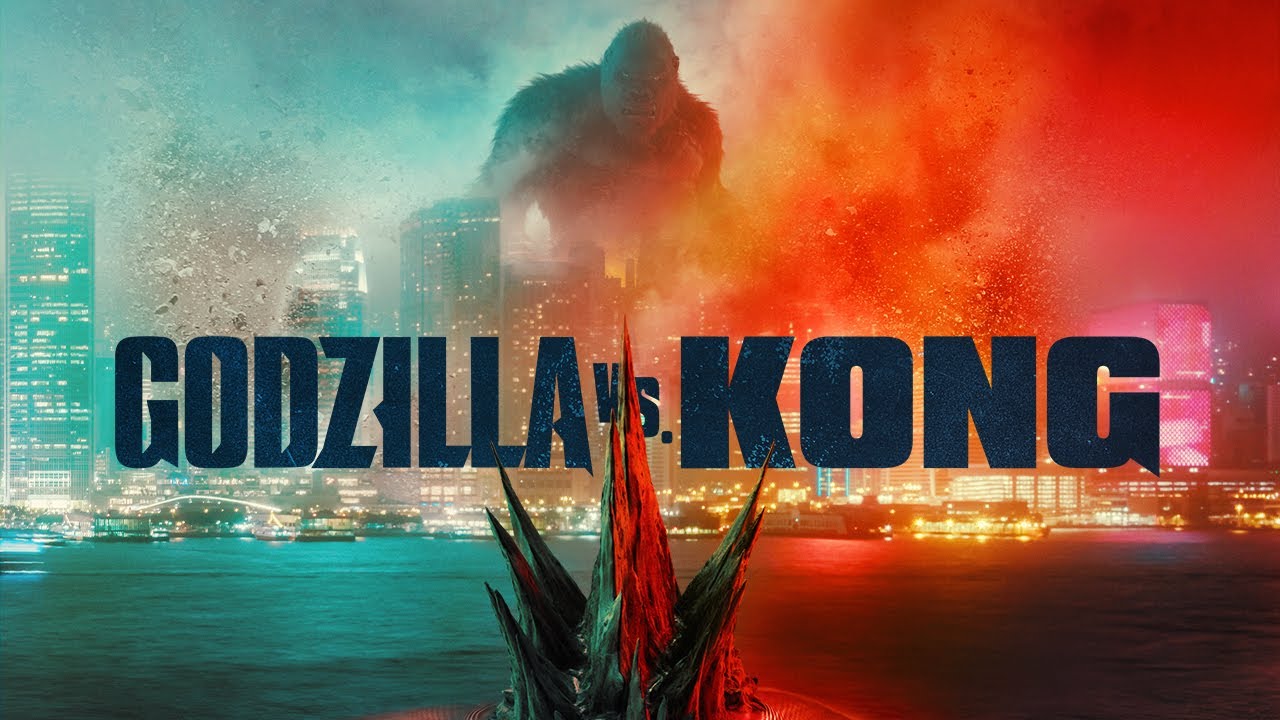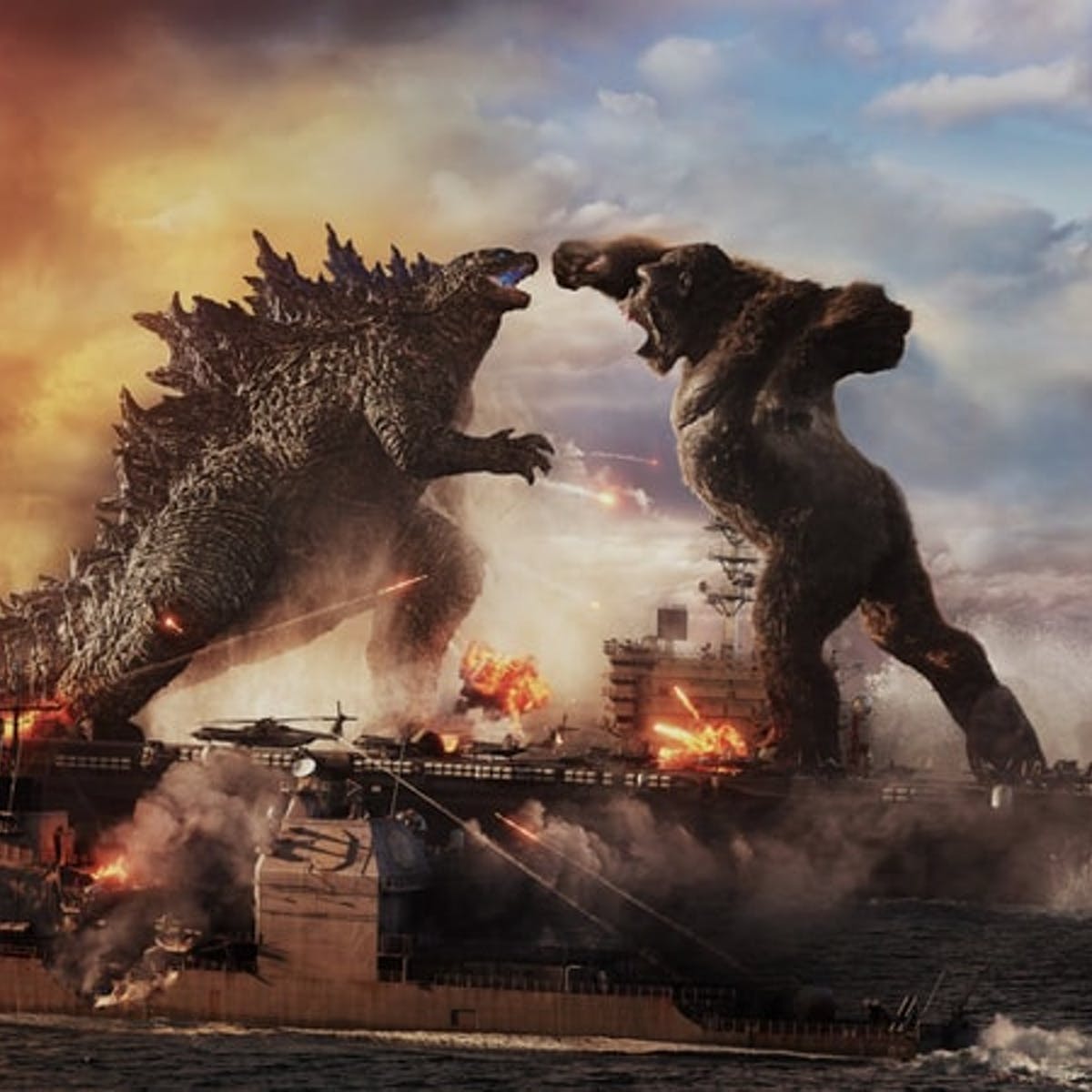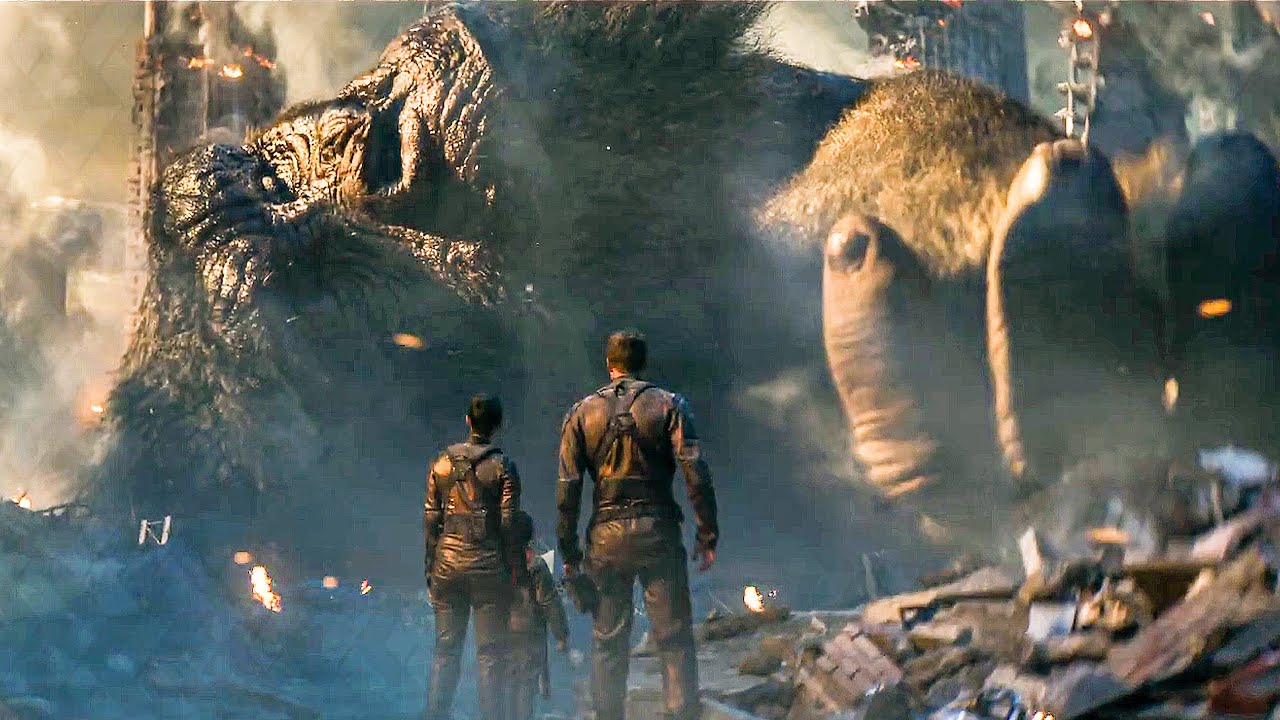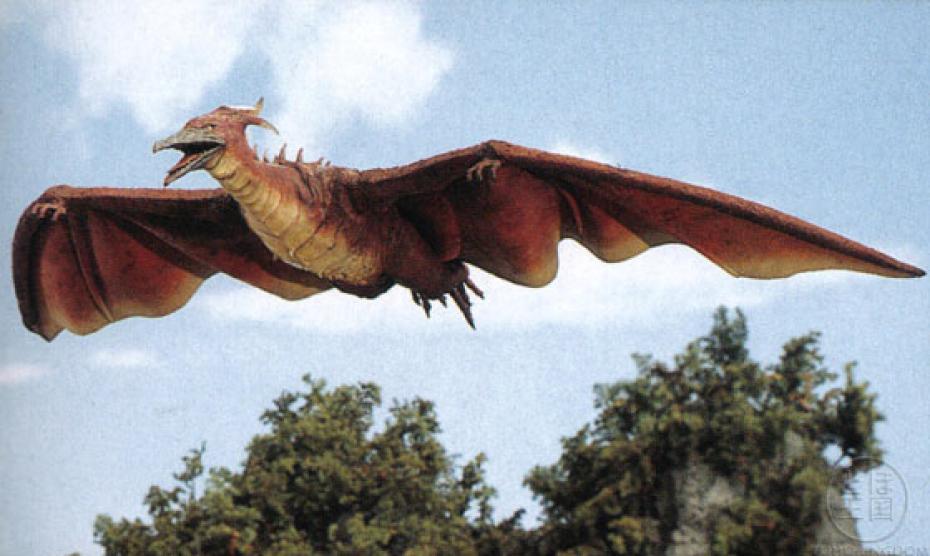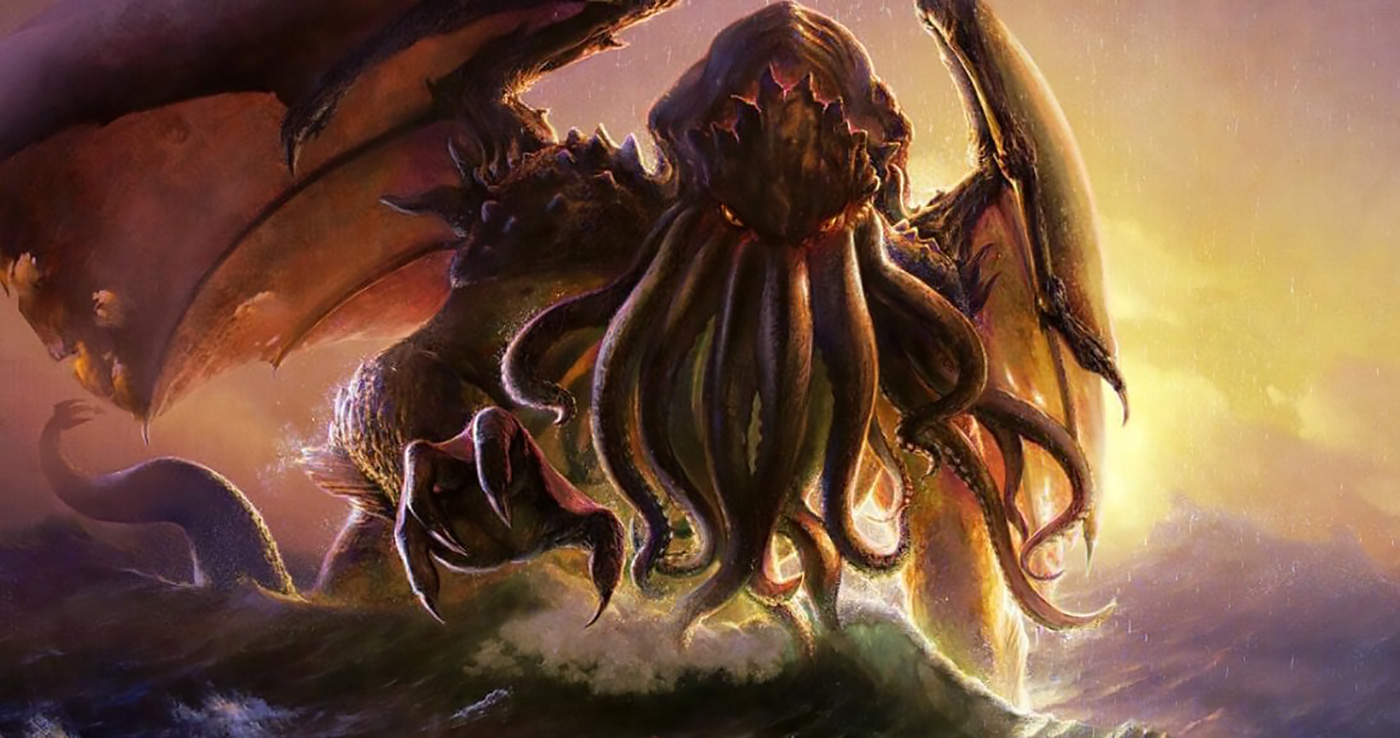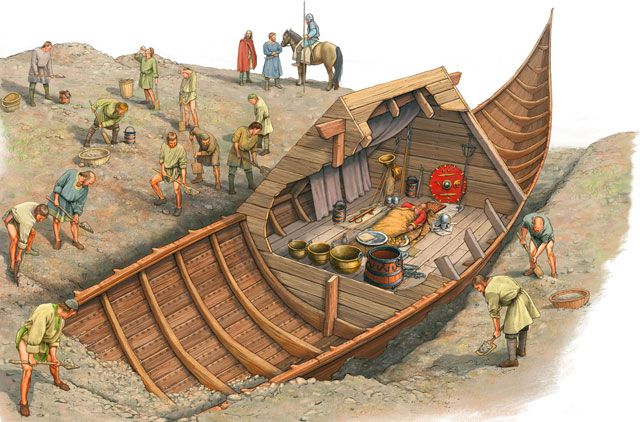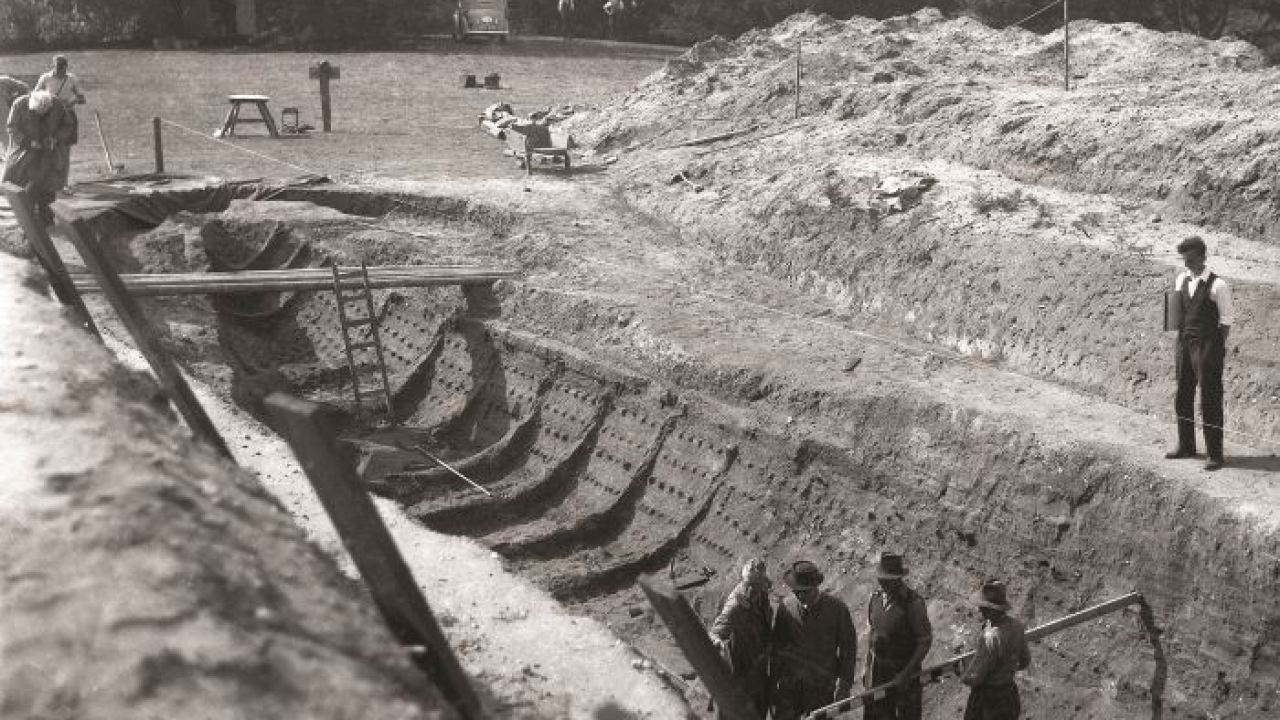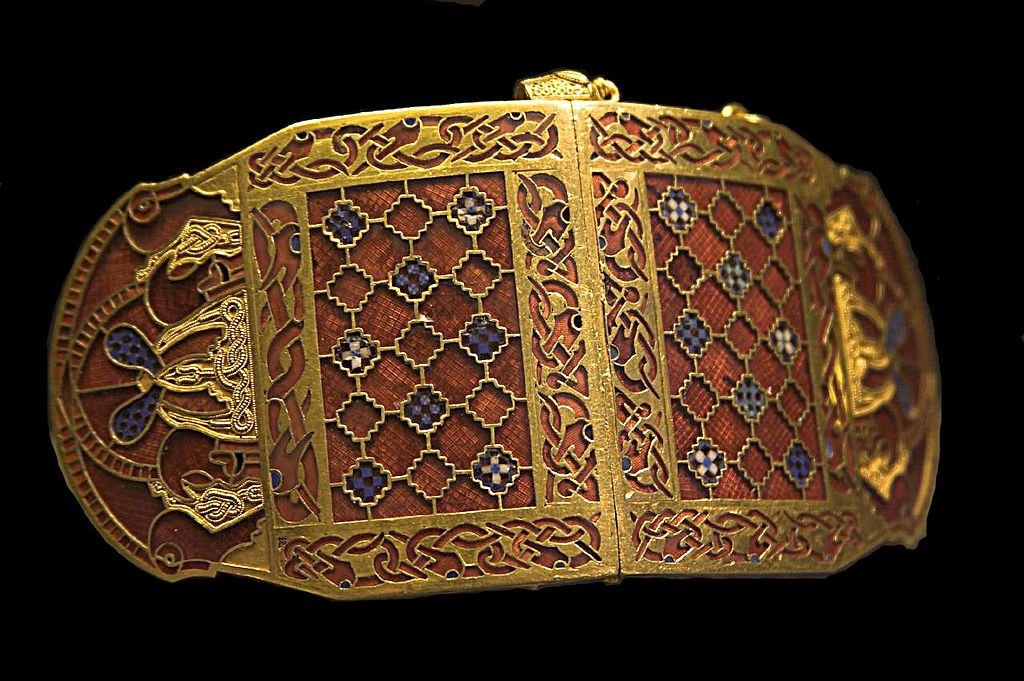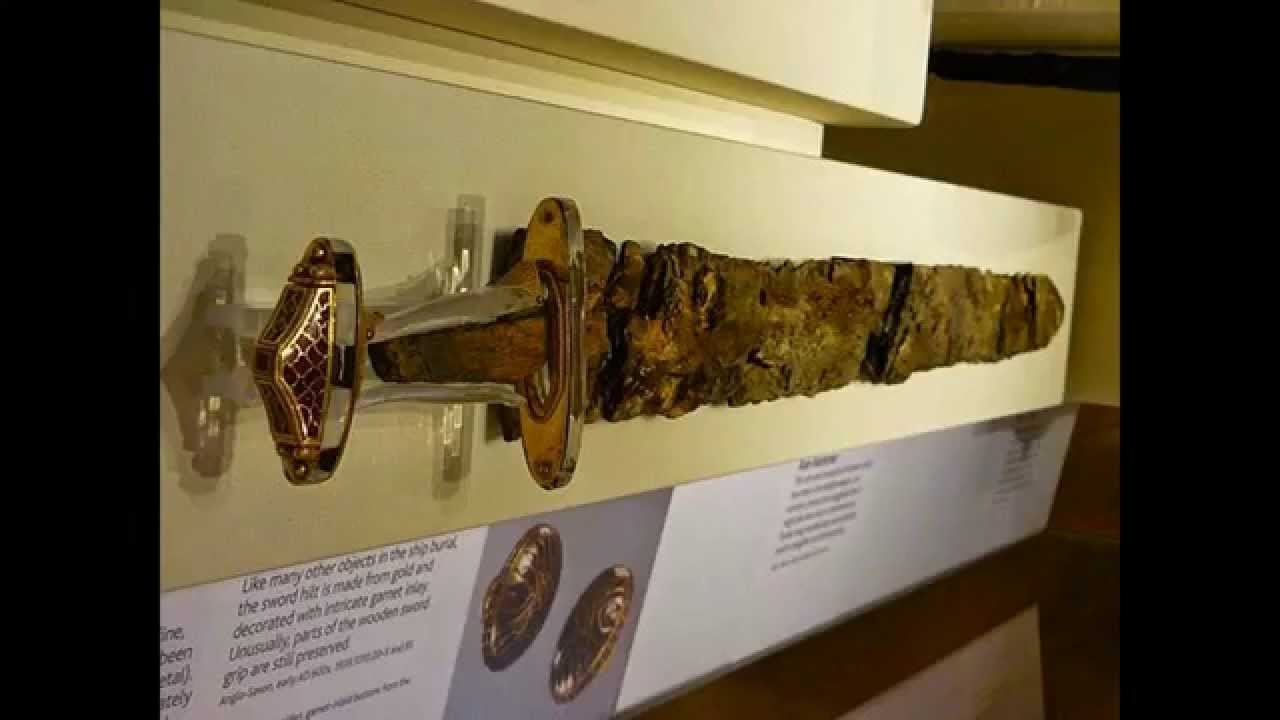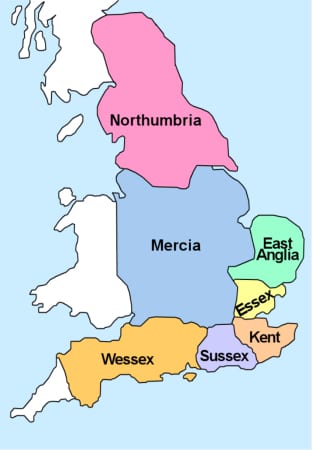For the most part Science Fiction and satire don’t cross paths very often. The best known exception is of the course ‘The Hitcher’s Guide to the Galaxy’ series but aside from those novels satirical science fiction stories and novels are rare and usually light on the satire. I suppose that’s because science fiction is usually an adventure in a completely different world while satire tends to poke fun at the world as it actually is.
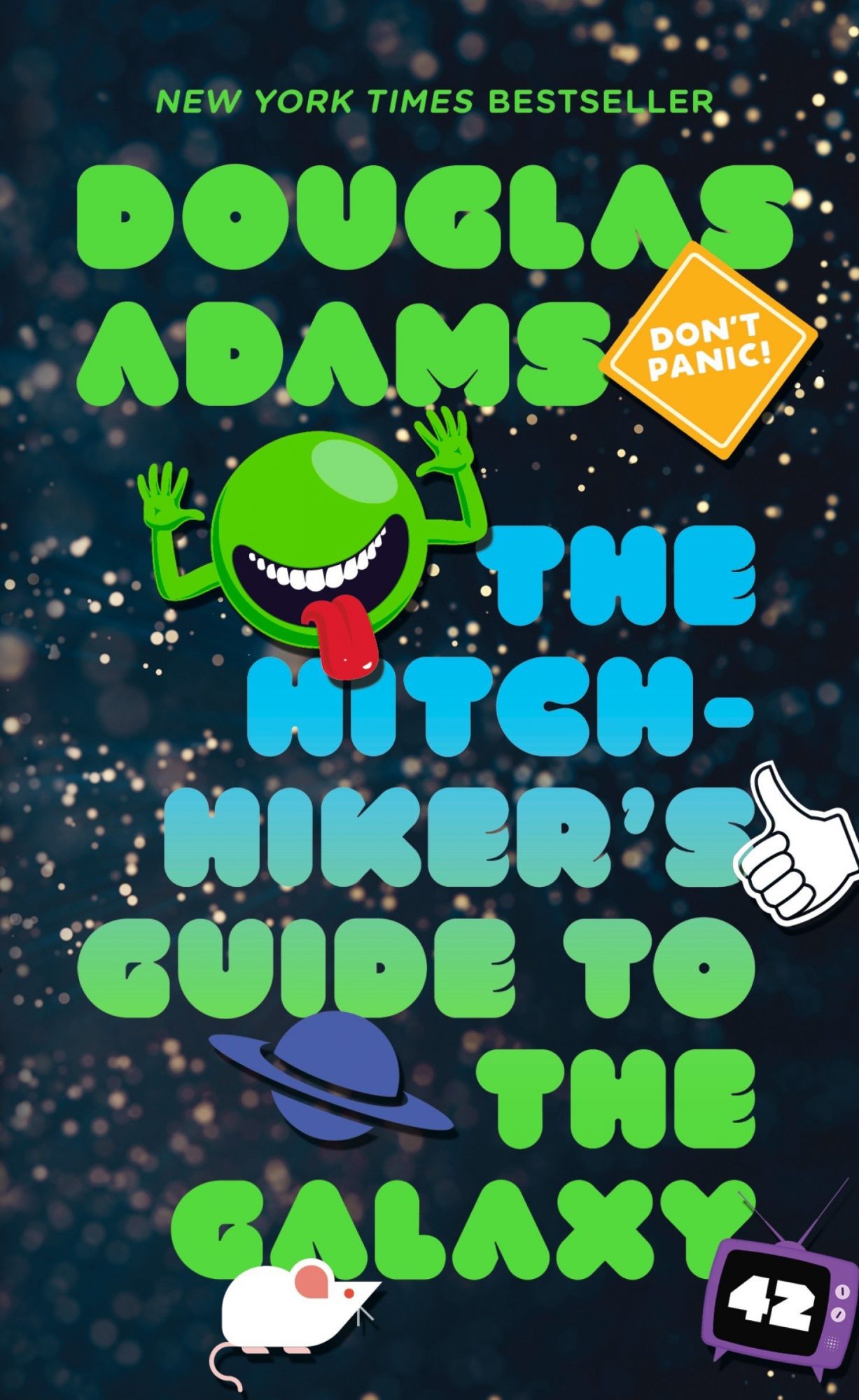
‘Don’t Look Up’ is a new movie now showing on Netflix that illustrates rather convincingly how science fiction and satire can be combined to produce a story that is both thought provoking, and hilariously funny. Starring Jennifer Lawrence and Leonardo DiCaprio as two astronomers desperately trying to convince the world of the danger of a comet heading straight at the Earth ‘Don’t Look Up’ takes place in the superficial, instant gratification world of modern society.
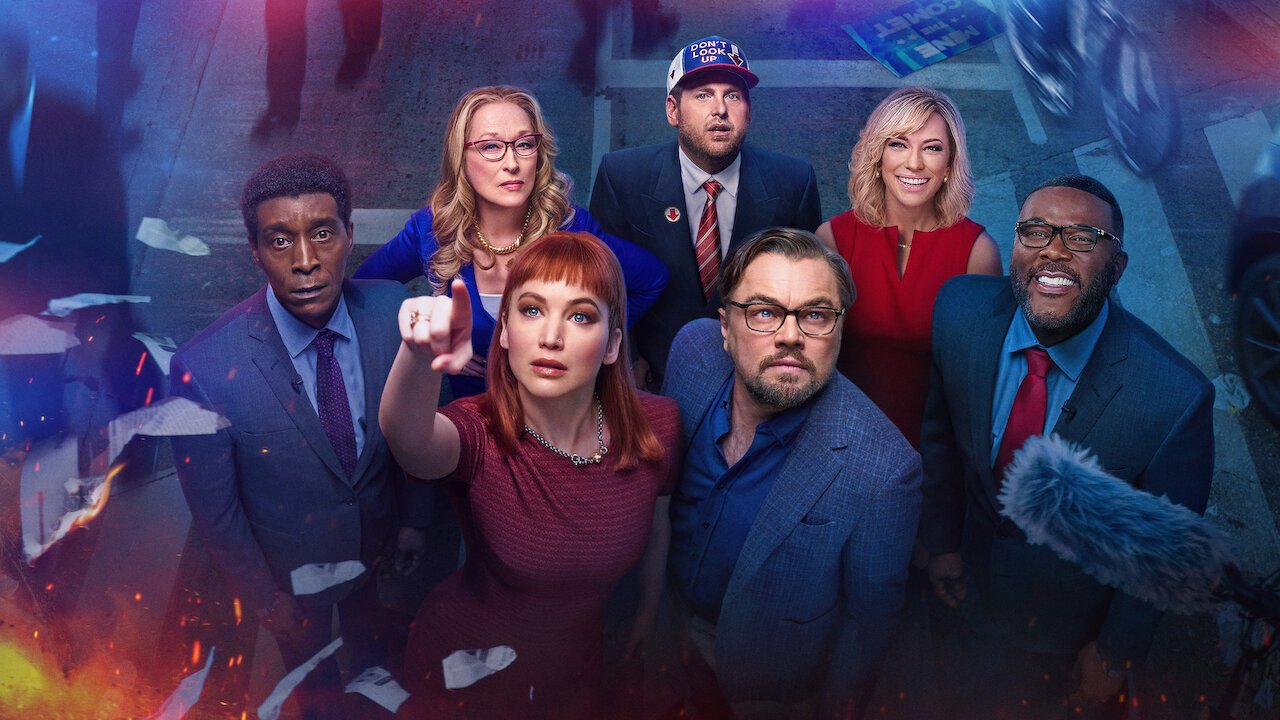
Lawrence plays Kate Dibiasky, a doctoral candidate in astronomy at Michigan State University who is searching for supernovas in order to measure the expansion of the Universe. (For me a lot of the fun in ‘Don’t Look Up’ consisted of hearing them mention a topic that I’ve blogged about! There were actually quite a few!) Just by accident she discovers a comet. Calling in her advisor Dr. Randell Mindy, played by Leonardo Dicaprio, the two work out the orbit of the comet and realize in horror that it will strike the Earth in 6 months and 17 days.

The two immediately inform NASA of their fears and once the space agency has confirmed their calculations they are whisked to the White House for a meeting with President Orlean, played by Meryl Streep. Problem is that the President is having a problem getting her Supreme Court candidate past the Senate, it seems he once appeared in a soft corn porn film, so the astronomers have a long wait and little time to brief the President about the crisis.
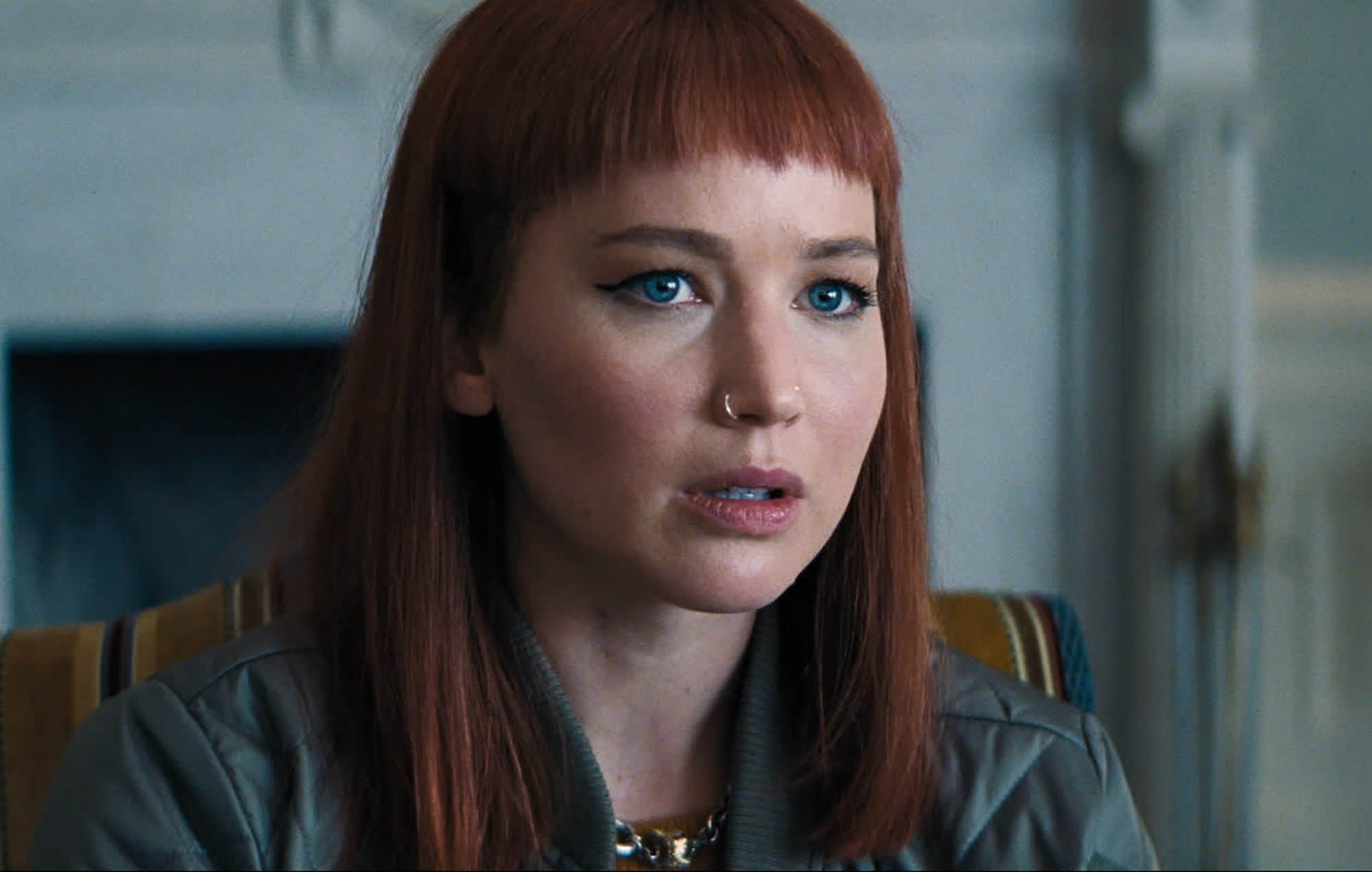
Once the President is made aware of the situation she decides to “sit tight” and wait for scientists at a more prestigious university like MIT or Princeton to confirm the observation. She’s also worried about the effect of the end of the world on the upcoming midterms.

Away from Washington the two astronomers attempt to get their story out to the people by the media and are scheduled to appear on a network morning show hosted by Bree Evantee and Jack Bremmer, played by Cate Blanchett and Tyler Perry respectively. While Bree tries to keep the news of a comet destroying our planet light and upbeat Jack seems obsessed with supernovas, “…exploding stars, stars can explode???” he asks Dibiaski.
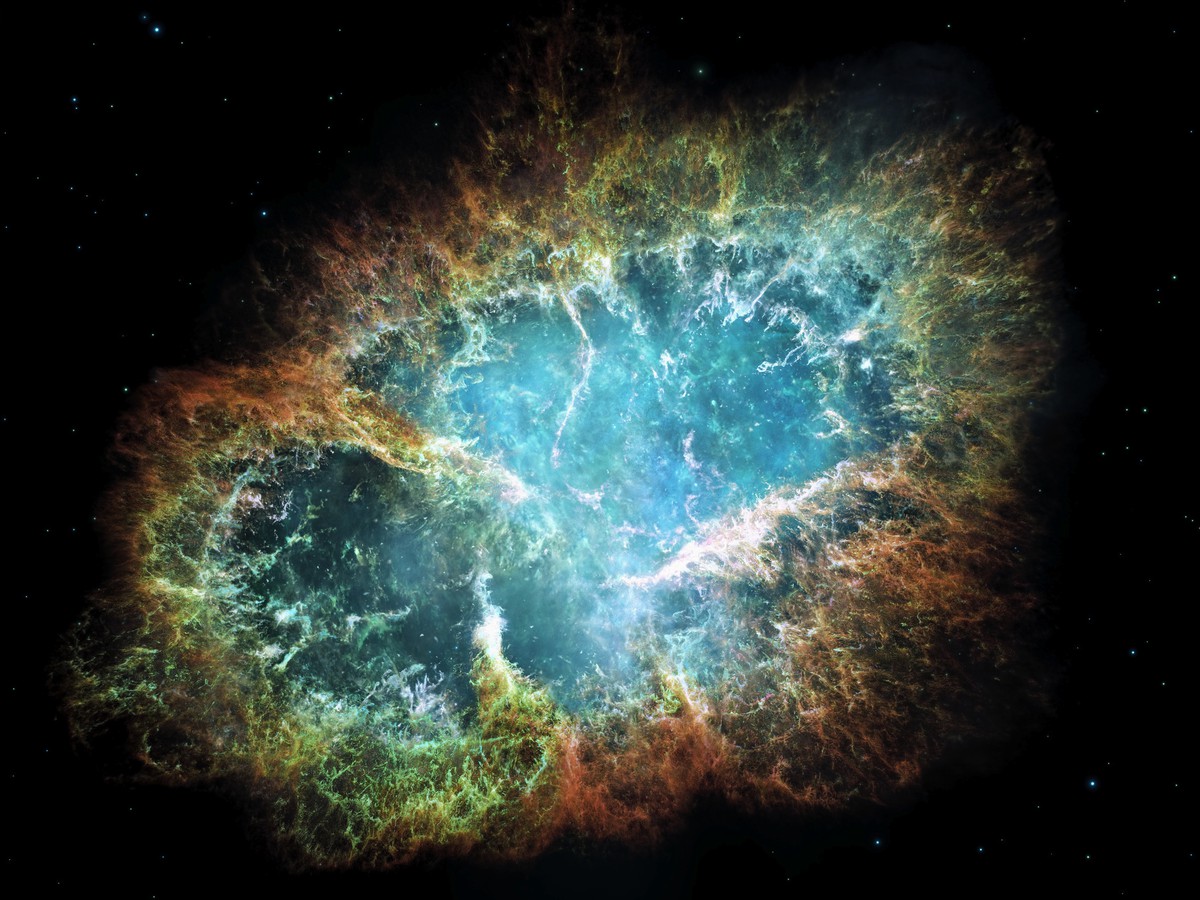
It isn’t long before the story has gone viral with predictable results. President Orlean finally decides to act and deflect the comet because saving the world might help her poll numbers only to have an Elon Musk / Jeff Bezos type character named Peter Isherwell, played by Mark Rylance, suggest that he has a better use for the comet, which is chock full of valuable materials.
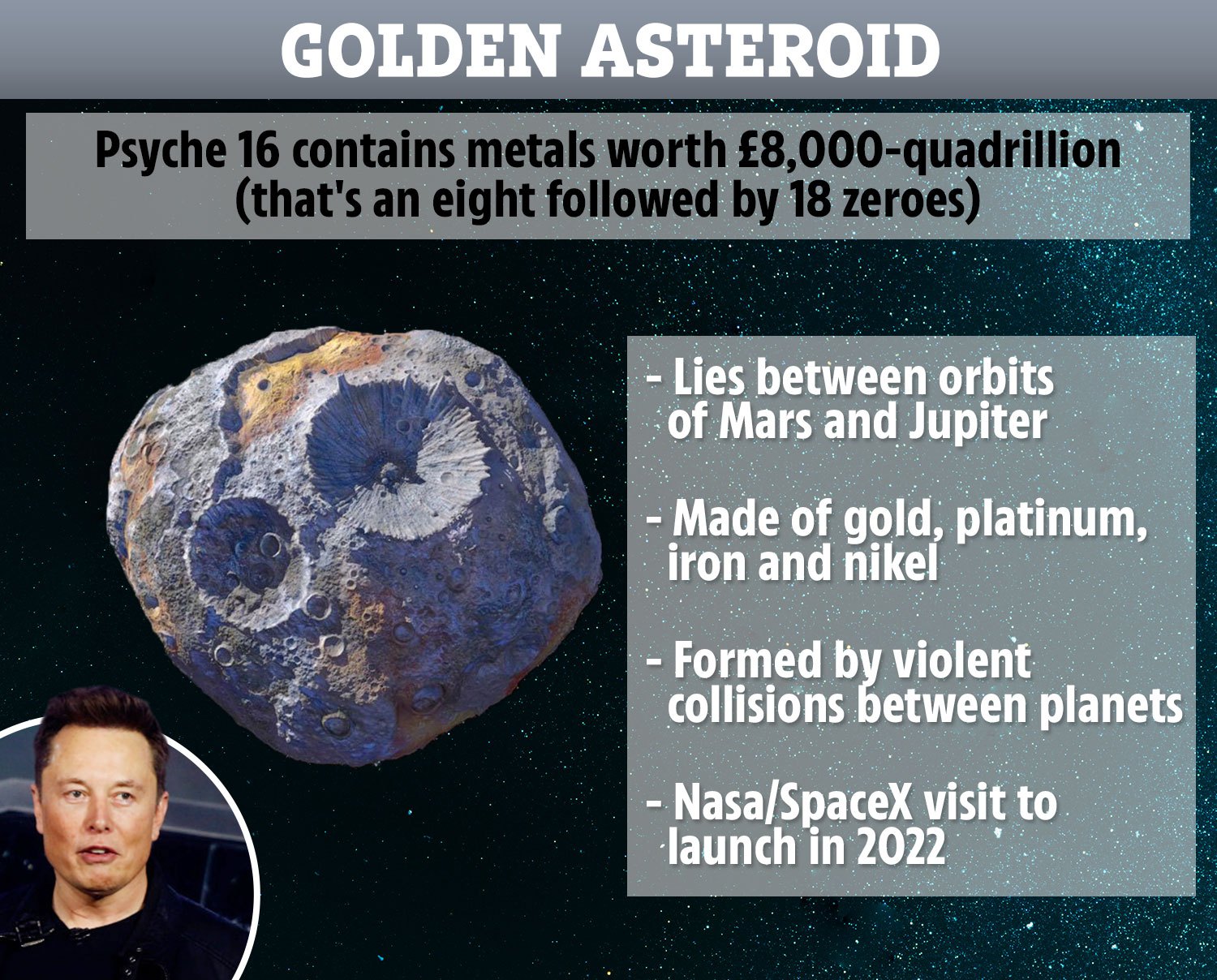
So the comet now becomes a jobs creator and everyone in America soon takes side to either ‘Just Look Up’ or ‘Don’t Look Up’. Those slogans kinda reminded me of ‘Build Back Better’ or ‘Make America Great Again’, which I’m certain is what the writers intended. In order to avoid giving too much away I’ll stop there.

‘Don’t Look Up’ is delightfully funny in places, even having a couple of running jokes that have nothing to do with the comet. At the same time it is a painful reflection of our current shallow, celebrity driven culture. The acting is uniformedly excellent although I was surprised at how hard Meryl Streep tried to be funny, a bit too much for someone playing a President I thought. The special effects worked well on my TV screen, which is one of the advantages of watching a Netflix movie as opposed to seeing one on a big theater screen where CGI can sometimes look cartoonish.
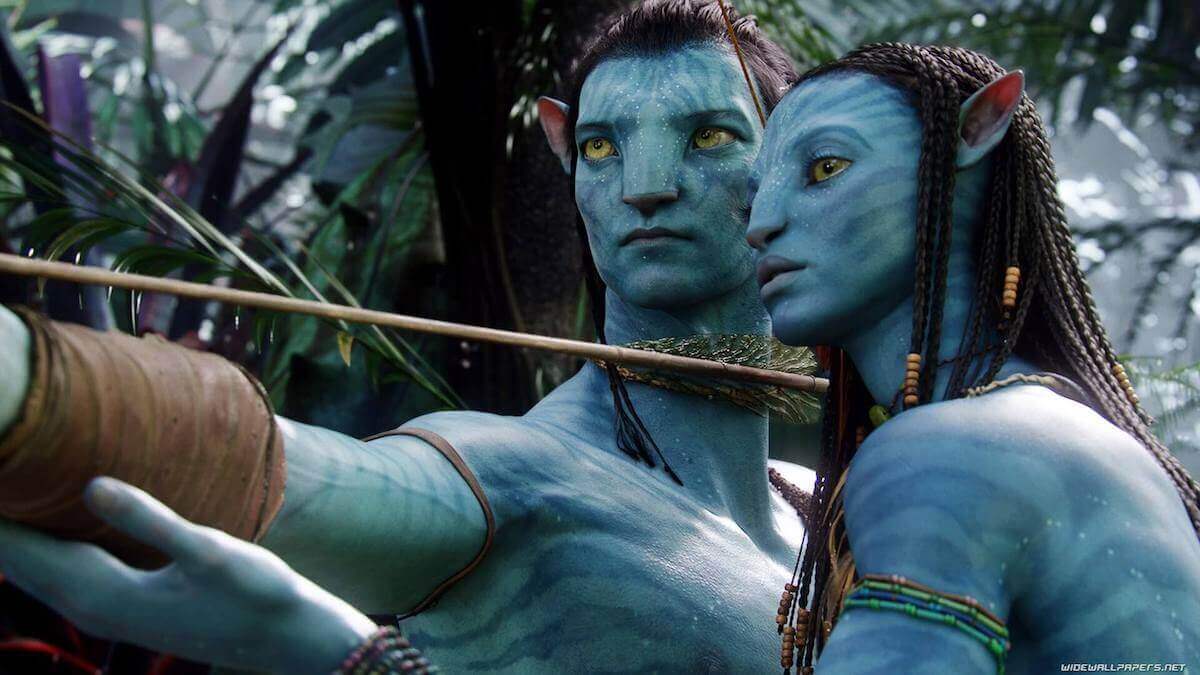
All in all ‘Don’t Look Up’ was a fun 2 hours and 18 minutes but I hope that it will be more than that. Maybe it could start a fashion for science fiction satire.

